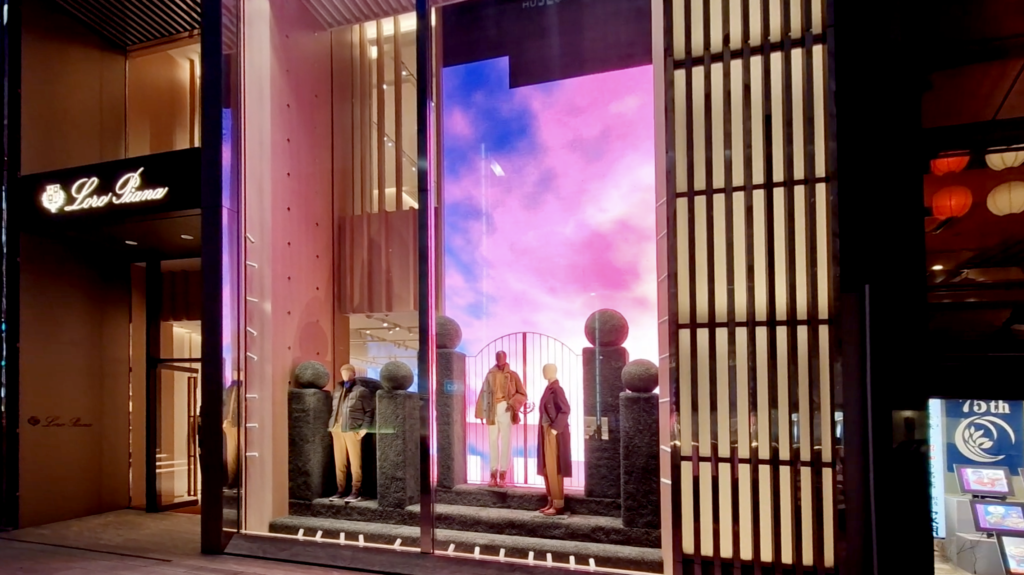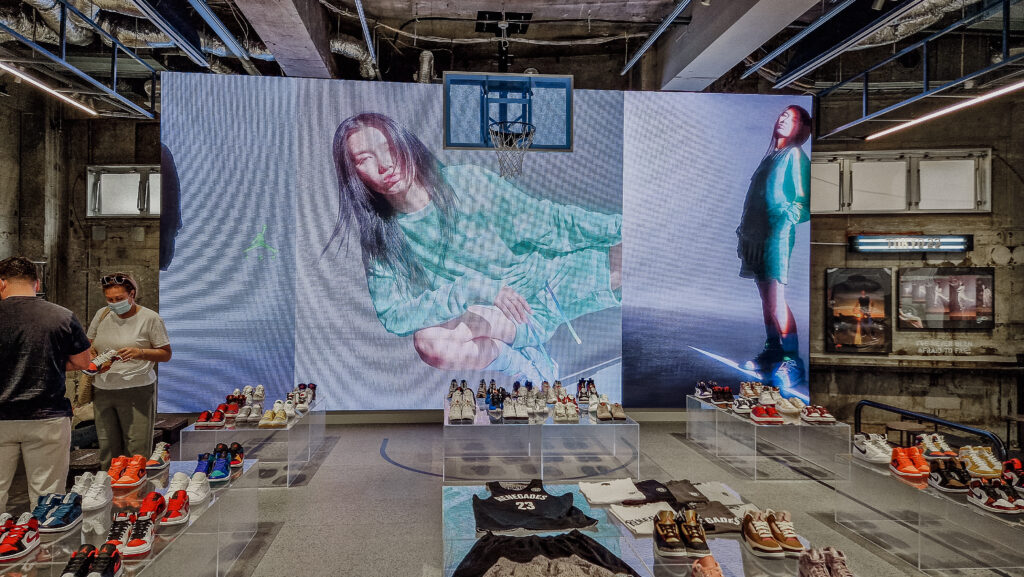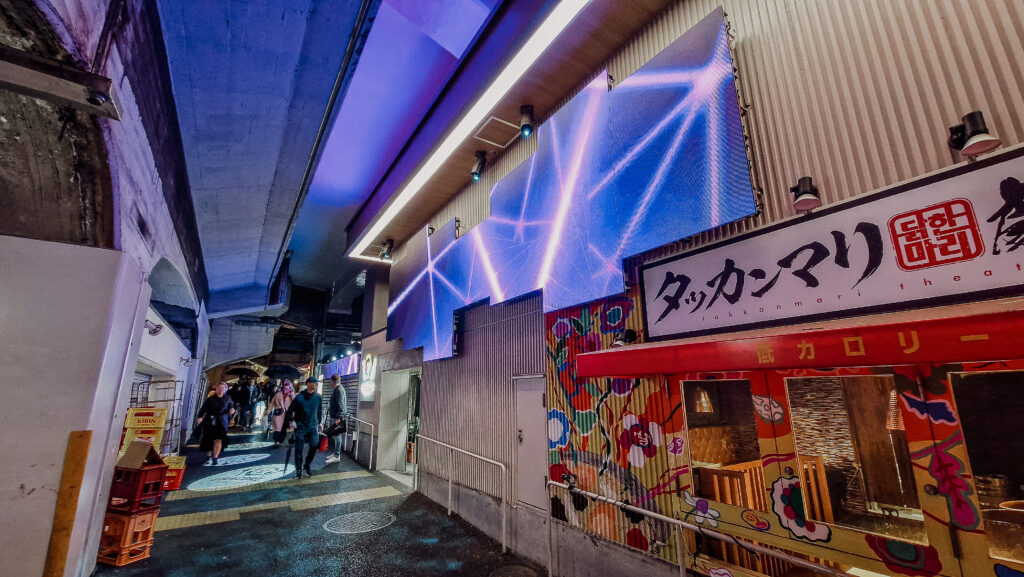a-LE(r)D!
We will give you a few ‘Tips & Tricks’ for a successful LED wall implementation.
LED screens are everywhere these days, from sports stadiums and shopping malls to conference halls and outdoors. But how does an idea for a LED screen come to life and how does it eventually become a built-up LED wall?
Defining the purpose:
Before you start implementing a LED screen, it is essential to define the purpose of the project. What do you want to achieve with the LED wall? Do you want to advertise, inform, entertain or a combination of these? By defining a clear goal, you can determine the right specifications, such as the size, resolution, brightness and viewing distance of the LED screen.

Viewing distance:
Viewing distance and pitch are two important technical aspects when designing and implementing a LED screen. The viewing distance refers to the distance between the LED screen and the audience viewing the screen. It is important to determine the viewing distance so that the audience has an optimal viewing experience and can properly perceive the content on the screen. The viewing distance is influenced by several factors, including the size of the LED screen, the resolution and the content being displayed.
In general, the wider the viewing distance, the higher the resolution of the LED screen should be to ensure that the content remains sharp and legible. Too low a resolution can lead to grainy or pixelated images, especially when the audience is further away. It is advisable to work with a LED supplier or design team to determine the optimal viewing distance for your specific LED screen project. They can consider factors such as screen size, resolution, content and intended audience to ensure the best viewing experience.

Design and content creation:
An attractive design and exciting content are essential to capture the audience’s attention and achieve effective communication. Work with a professional design team to create attractive visuals that fit your brand identity and objectives. Make sure the content is updated regularly to stay relevant and keep the audience engaged.

Budget
planning and financing:
Implementing a LED wall can be a significant investment, so it is important to do some budget planning and explore financing options. It is advisable to work with an experienced LED supplier such as ThisPlays2 who can help you to determine costs and find financial solutions that fit your budget.
Location and environment analysis:
Choosing the right location for your LED screen is crucial to the success of the project. Perform a thorough analysis of the location and surroundings, including factors such as audience, viewing distance, light levels, and installation constraints. This analysis will help you to determine the optimal size, resolution, and brightness of the LED screen.

Pitch:
The pitch (also called pixel pitch) refers to the distance between two adjacent pixels on a LED screen. It is measured in millimetres and determines the pixel density of the screen. The smaller the pitch, the closer the pixels are to each other and the higher the pixel density is. A smaller pitch generally results in a sharper and more detailed display of content, even up close. It is ideal for LED displays with a short viewing distance, such as indoor applications or situations where the audience is close to the screen. For LED displays with a wider viewing distance, such as outdoor applications or situations where the audience is further away, a slightly larger pitch may be acceptable. This is because the human eye can perceive the individual pixels less due to the wider distance, thus maintaining a sharp image.